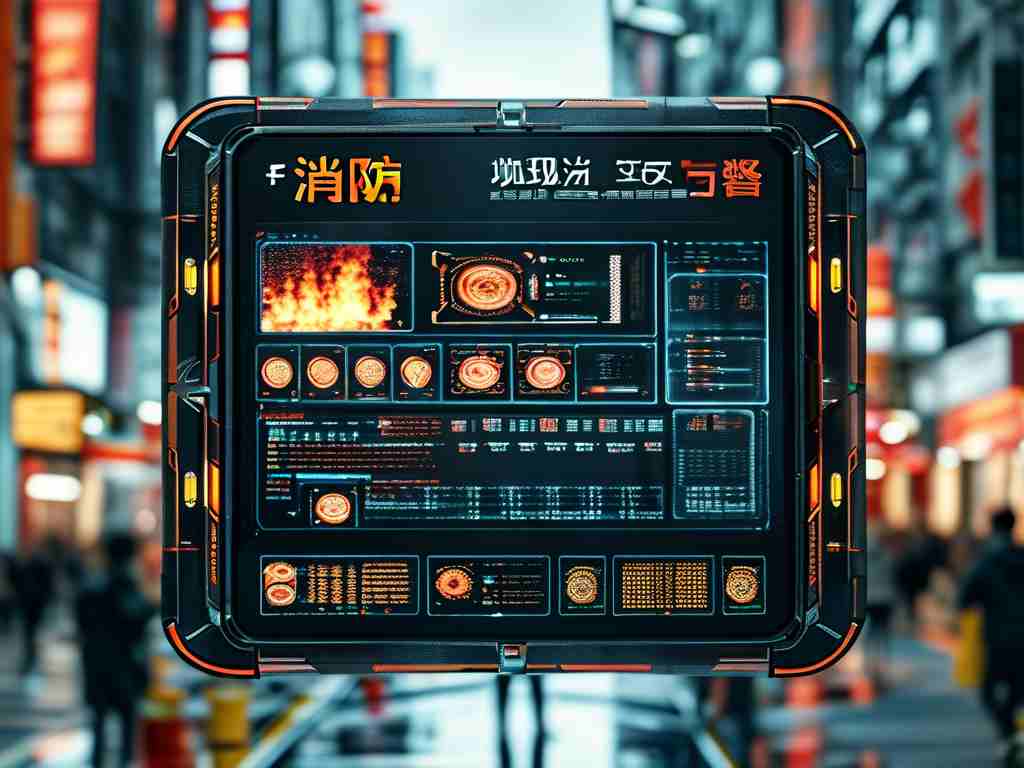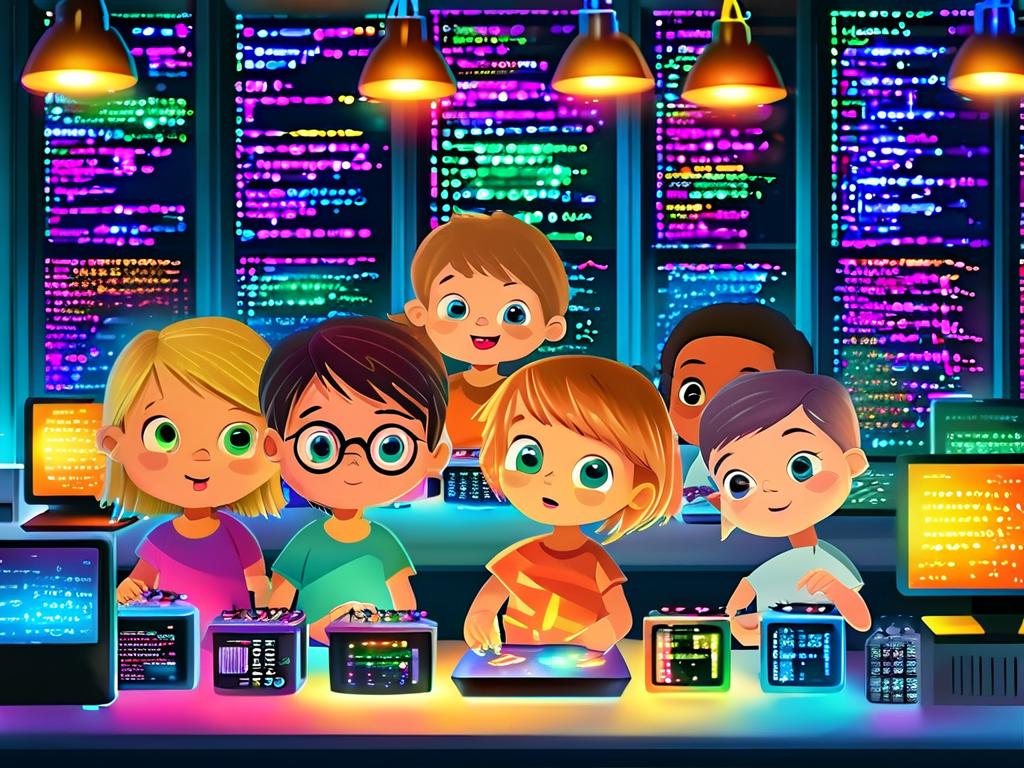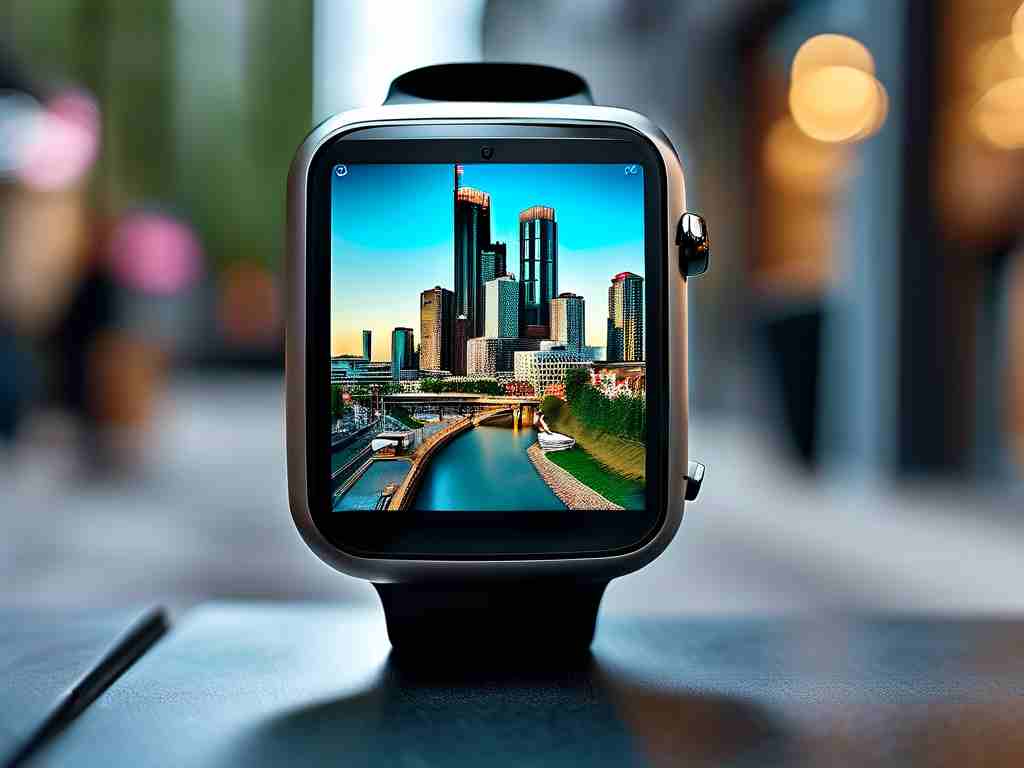As a pioneer in interdisciplinary technical education, East China Normal University (ECNU) has carved a niche in embedded systems development, blending rigorous academic frameworks with real-world industrial applications. This article explores how ECNU’s embedded development programs equip students with cutting-edge skills while fostering collaborations that drive technological advancements.

The Rise of Embedded Systems at ECNU
Embedded systems form the backbone of modern technologies, from smart home devices to autonomous vehicles. Recognizing this, ECNU established its embedded systems laboratory in 2012, focusing on microcontroller programming, IoT integration, and low-power design. Unlike conventional computer science curricula, ECNU’s approach emphasizes hands-on prototyping. For instance, students routinely build sensor networks using ESP32 modules and design real-time data processing pipelines with Raspberry Pi clusters.
A standout feature is the university’s partnership with Shanghai-based tech firms. In 2021, ECNU collaborated with Huawei LiteOS to develop energy-efficient firmware for smart city infrastructure. This project not only provided students with industry-grade tools but also resulted in a patented optimization algorithm for traffic management systems.
Curriculum Highlights
The embedded systems track at ECNU spans four core areas:
- Hardware-Software Co-Design: Courses like "Embedded ARM Architecture" teach students to balance computational efficiency with resource constraints.
- Real-Time Operating Systems (RTOS): Labs using FreeRTOS and Zephyr OS simulate mission-critical environments like medical devices.
- Edge AI Integration: Leveraging NVIDIA Jetson platforms, students implement machine learning models for facial recognition in embedded environments.
- Security Protocols: With IoT vulnerabilities on the rise, modules on secure bootloaders and encrypted firmware updates are mandatory.
A recent capstone project exemplifies this training. A team of undergraduates created a low-cost agricultural drone controller using STM32 microcontrollers. By integrating LoRaWAN for long-range communication and TensorFlow Lite for crop disease detection, the system achieved 92% accuracy in field tests—a feat highlighted at the 2023 China Embedded Systems Conference.
Industry Collaborations and Career Pathways
ECNU’s embedded programs thrive on industry alliances. The university’s "Embedded Innovation Hub" hosts R&D teams from companies like NXP Semiconductors and Alibaba Cloud. These partnerships enable students to work on live projects, such as optimizing motor control algorithms for electric vehicles or debugging RTOS kernels for industrial robots.
Graduates routinely secure roles at leading tech enterprises. Wang Lei, a 2020 alumnus, credits ECNU’s FPGA prototyping courses for his current role as a systems engineer at DJI: "Debugging VHDL code for drone stabilization systems during my senior year gave me the exact skills needed here."
Challenges and Future Directions
Despite its successes, ECNU faces challenges common to embedded education. Rapid hardware obsolescence requires constant curriculum updates—a problem mitigated by open-source toolchains like PlatformIO. Additionally, faculty are exploring RISC-V architectures to reduce dependency on proprietary technologies.
Looking ahead, ECNU plans to launch a cross-disciplinary "Smart Embedded Systems" master’s program, merging embedded engineering with data science. Early prototypes include a wearable health monitor that uses TinyML to predict cardiac anomalies.
East China Normal University’s embedded development initiatives demonstrate how academia can catalyze technological innovation. By combining theoretical depth with industry-aligned projects, ECNU prepares students to tackle tomorrow’s embedded challenges while delivering tangible solutions for today’s tech landscape. For aspiring engineers, this program represents not just an education, but a gateway to shaping the future of connected systems.
// Sample code from an ECNU student project: IoT soil moisture monitor
#include <Arduino.h>
#include <LoRa.h>
#define SOIL_SENSOR A0
void setup() {
Serial.begin(9600);
LoRa.begin(868E6);
}
void loop() {
int moisture = analogRead(SOIL_SENSOR);
LoRa.beginPacket();
LoRa.print("Moisture:");
LoRa.print(moisture);
LoRa.endPacket();
delay(60000);
}









